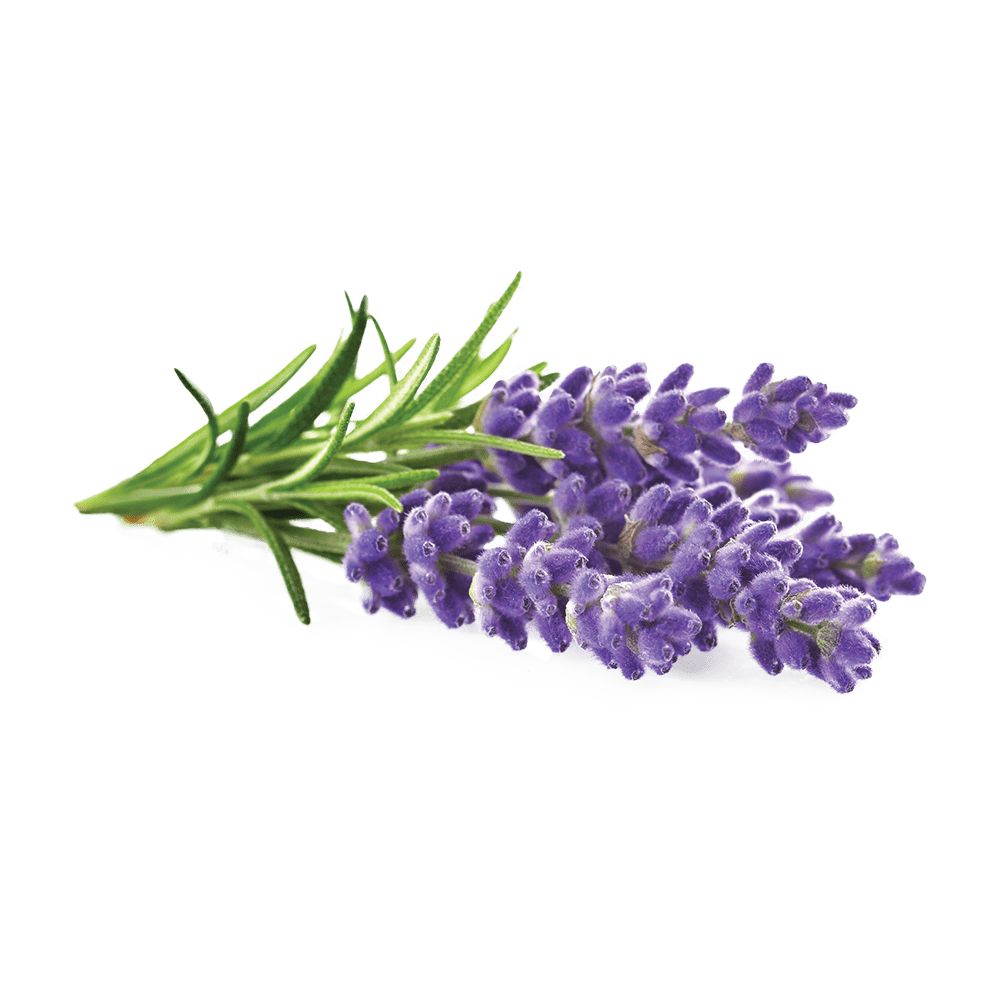Lavender
Lavandula angustifolia – Lamiaceae

Lavender is a perennial, herbaceous plant. The tree is branched, the leaves are simple, linear, covered with mechanical hairs, gray-green in color. The flowers are collected in dichasium, all parts of the flower are covered with glandular scales. The fruit is a mericarp, composed of four nutlets. It is widespread in the Mediterranean area, on stony, limestone soil.
As a medicinal part of the plant, a dried, incompletely developed flower of wild lavender or cultivated lavender is used. The lavender flower contains 1.5-3% essential oil. The most important ingredients are linalool, linalyl acetate, limonene, cineole, camphor. Lavender is a plant that is also rich in tannins.

Lavender essential oil is obtained by steam distillation from fresh flowers or complete inflorescences. Lavender essential oil is responsible for lavender’s sedative effect. Lavender is a herb that can be used to neutralize gas and flatulence. The use of this plant is recommended for mood disorders, fatigue and insomnia. It has been proven to be particularly useful in the treatment of insomnia in women after childbirth. Also, the beneficial effects of the application have been recorded in various digestive problems, such as indigestion, cramps, flatulence. Lavender can also be used to make preparations for local application, such as preparations for peripheral circulation disorders, because lavender is considered a mild rubifacient. Lavender essential oil is also widely used in the cosmetic industry, for the production of various cosmetic preparations (serums, perfumes, creams).
The use of essential oils and their components has been known since ancient times in traditional medicine and aromatherapy. The neuroprotective and anti-aging potential of essential oils have been the subject of many scientific studies, among them was lavender essential oil, which has been proven to have the aforementioned effects. It has been proven that lavender has a very significant effect in the prevention and as an aid in the treatment of Alzheimer’s disease and dementia, but also on other pathophysiological conditions such as psychiatric disorders such as anxiety and depression, then cognitive hypofunction.
References
- Neuroprotective and Anti-Aging Potentials of Essential Oils from Aromatic and Medicinal Plants
- Essential Oils as Treatment Strategy for Alzheimer’s Disease: Current and Future Perspectives
- Phytopharmaceutical treatment of anxiety, depression, and dementia in the elderly: evidence from randomized, controlled clinical trials
